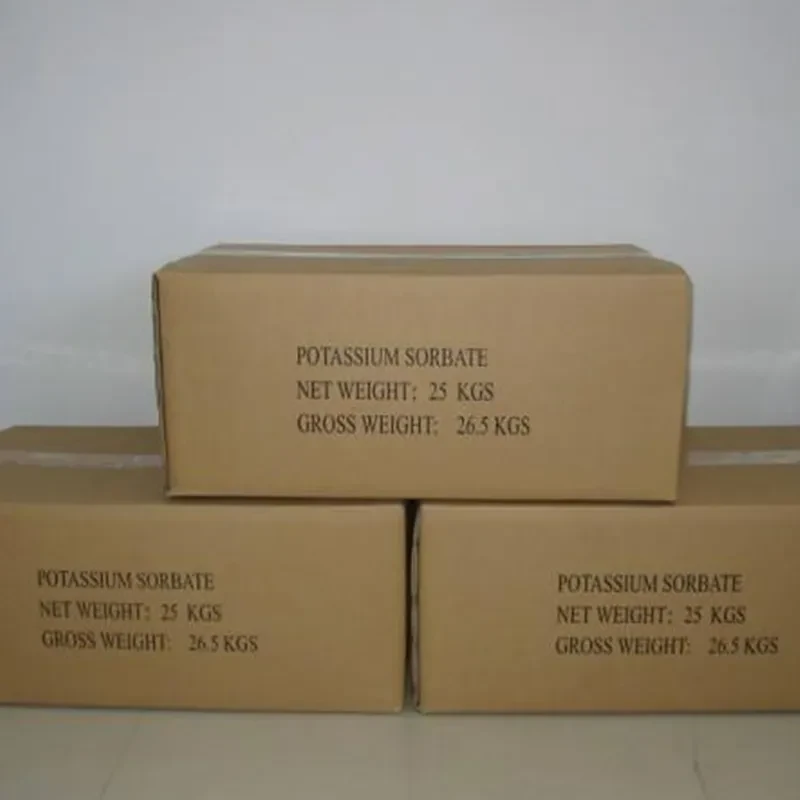
Understanding the Role of Phosphoric Acid as a Food Additive in Culinary Practices
Phosphoric Acid as a Food Additive Uses, Benefits, and Concerns
Phosphoric acid, a colorless, odorless, and non-volatile liquid, is widely used in various industries, particularly in the food and beverage sector. As a food additive, it is recognized under the E number E338 and serves a multitude of purposes, ranging from acidifying agents to flavor enhancers.
Phosphoric Acid as a Food Additive Uses, Benefits, and Concerns
Beyond carbonated drinks, phosphoric acid is utilized in dairy products, processed cheeses, and even condiments like salad dressings. It acts as a pH stabilizer, ensuring that these products maintain their desirable texture and flavor. In the realm of processed foods, this additive enhances the overall flavor and prevents spoilage, making it an invaluable ingredient in modern food production.
phosphoric acid food additive

From a nutritional standpoint, phosphoric acid is a source of phosphorus, an essential mineral that plays a crucial role in several bodily functions, including bone health and energy metabolism. However, the use of phosphoric acid raises some health concerns. Overconsumption of phosphorus, particularly from processed foods and beverages high in phosphoric acid, has been linked to potential adverse health effects such as kidney damage and weakened bone density. This is particularly relevant for individuals with pre-existing health conditions such as chronic kidney disease, who may struggle to excrete excess phosphorus.
Moreover, there is an ongoing debate regarding the long-term effects of consuming phosphoric acid-laden products. Some studies suggest a potential association between high phosphoric acid intake and an increased risk of osteoporosis and cardiovascular diseases. Thus, while phosphoric acid is deemed safe in regulated amounts, moderation is key, particularly in the context of a balanced diet.
Regulatory bodies, such as the Food and Drug Administration (FDA) and the European Food Safety Authority (EFSA), have established acceptable daily intake levels for phosphoric acid, ensuring that its usage in food products remains within safe limits. Nonetheless, it is essential for consumers to be aware of the ingredients in their food and beverage choices. Being informed allows individuals to make better dietary decisions and reduces the risk of excessive phosphorus intake.
In conclusion, phosphoric acid is a versatile food additive with various applications, particularly in enhancing flavor and prolonging shelf life. While it infuses foods with desirable qualities and contributes to our dietary phosphorus intake, consumers should remain vigilant about their consumption levels to avoid potential health risks associated with overexposure. Moderation and awareness are key in navigating the complex landscape of food additives.
-
Why Glacial Acetic Acid Food Grade Is Essential in FlavorNewsMay.26,2025
-
Surging Export Growth of Food Additives in ChinaNewsMay.26,2025
-
How Ammonium Nitrate Fertilizer Boosts Crop YieldsNewsMay.26,2025
-
How 1,2,3-Benzotriazole Shields Plastics from UV DegradationNewsMay.26,2025
-
Cyanide in Gold Mining: Protecting People and the PlanetNewsMay.26,2025
-
Aluminum Hydroxide in Modern Sunscreen FormulationsNewsMay.26,2025
-
Understanding Synthetic Rubber OptionsNewsApr.27,2025
Hebei Tenger Chemical Technology Co., Ltd. focuses on the chemical industry and is committed to the export service of chemical raw materials.
-

view more DiethanolisopropanolamineIn the ever-growing field of chemical solutions, diethanolisopropanolamine (DEIPA) stands out as a versatile and important compound. Due to its unique chemical structure and properties, DEIPA is of interest to various industries including construction, personal care, and agriculture. -

view more TriisopropanolamineTriisopropanolamine (TIPA) alkanol amine substance, is a kind of alcohol amine compound with amino and alcohol hydroxyl, and because of its molecules contains both amino and hydroxyl. -

view more Tetramethyl Thiuram DisulfideTetramethyl thiuram disulfide, also known as TMTD, is a white to light-yellow powder with a distinct sulfur-like odor. It is soluble in organic solvents such as benzene, acetone, and ethyl acetate, making it highly versatile for use in different formulations. TMTD is known for its excellent vulcanization acceleration properties, which makes it a key ingredient in the production of rubber products. Additionally, it acts as an effective fungicide and bactericide, making it valuable in agricultural applications. Its high purity and stability ensure consistent performance, making it a preferred choice for manufacturers across various industries.











